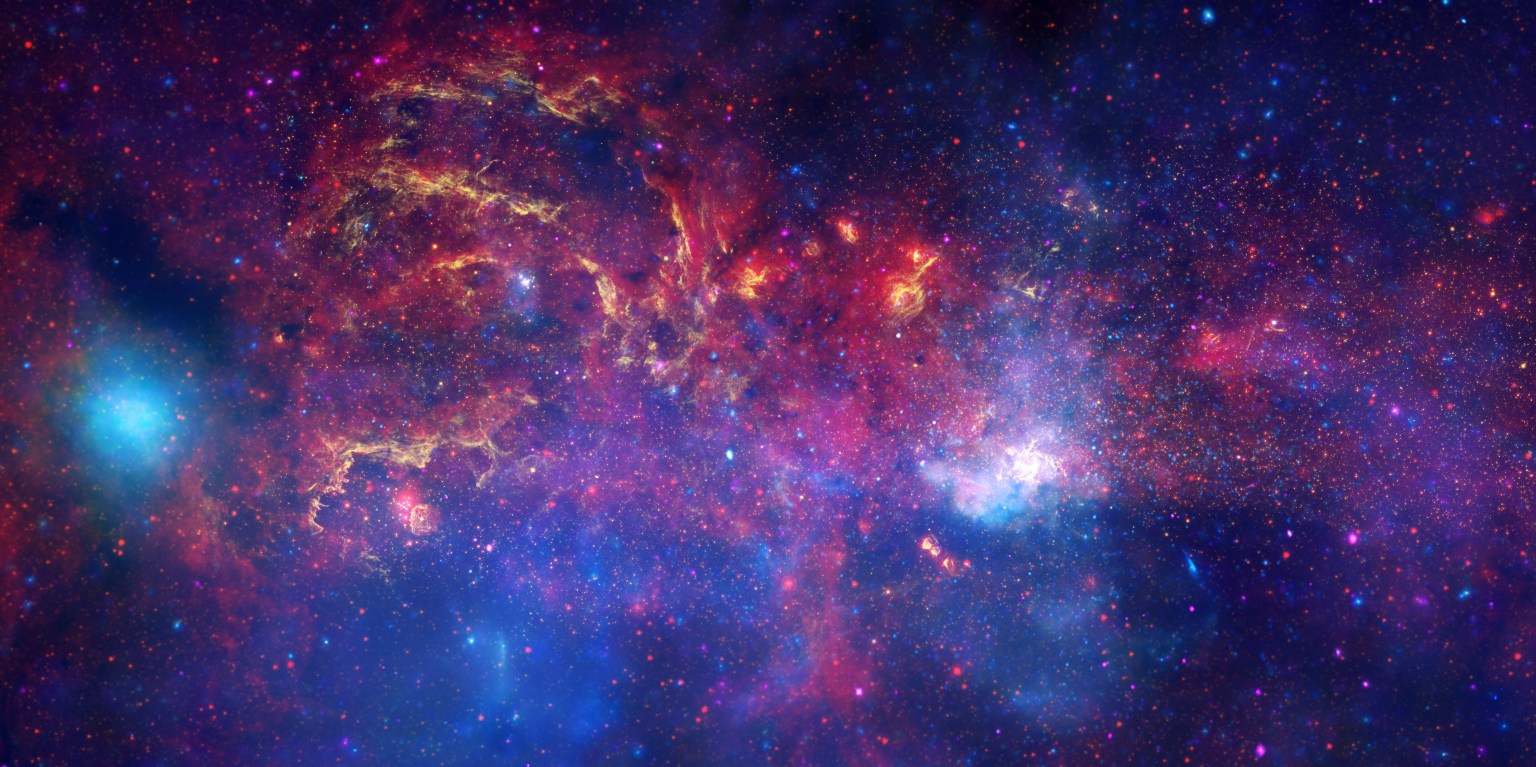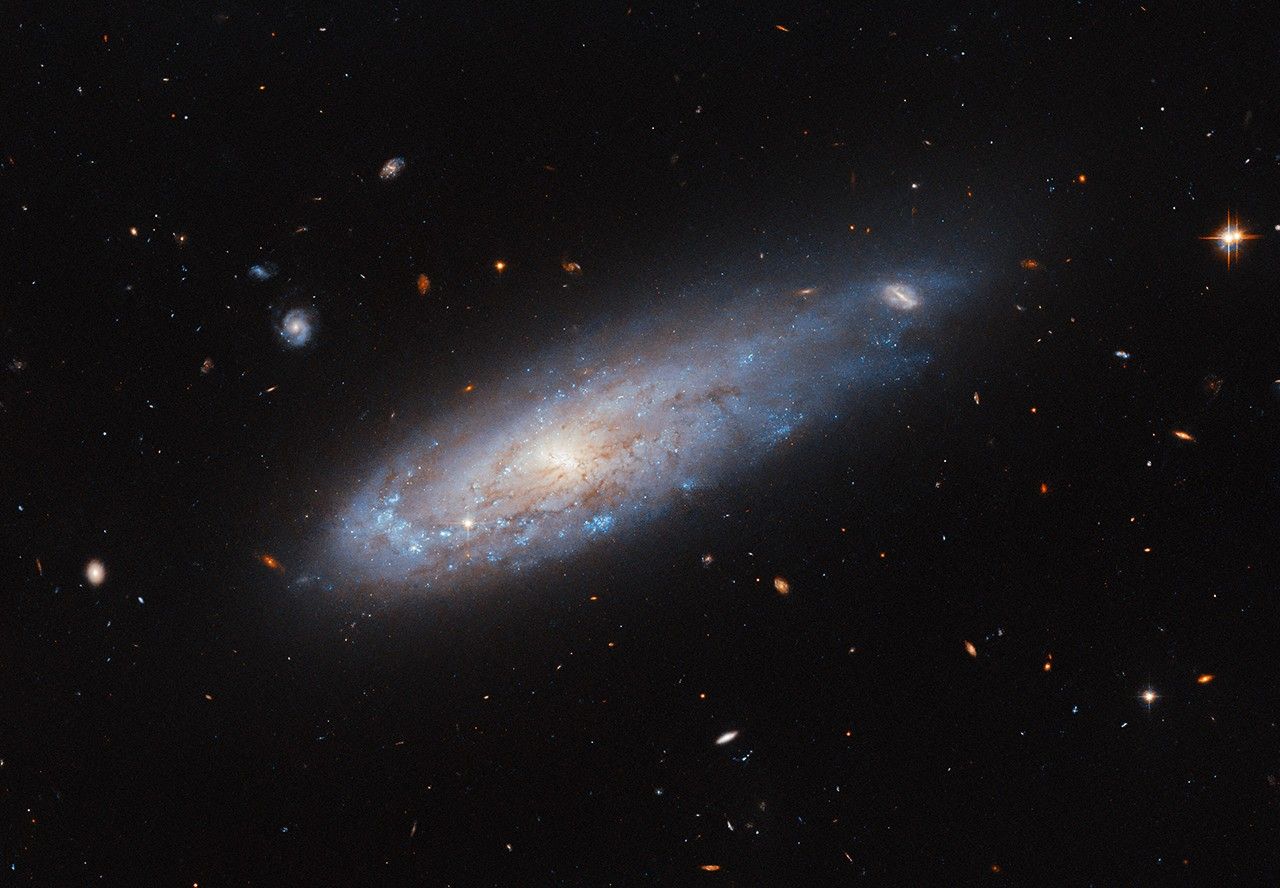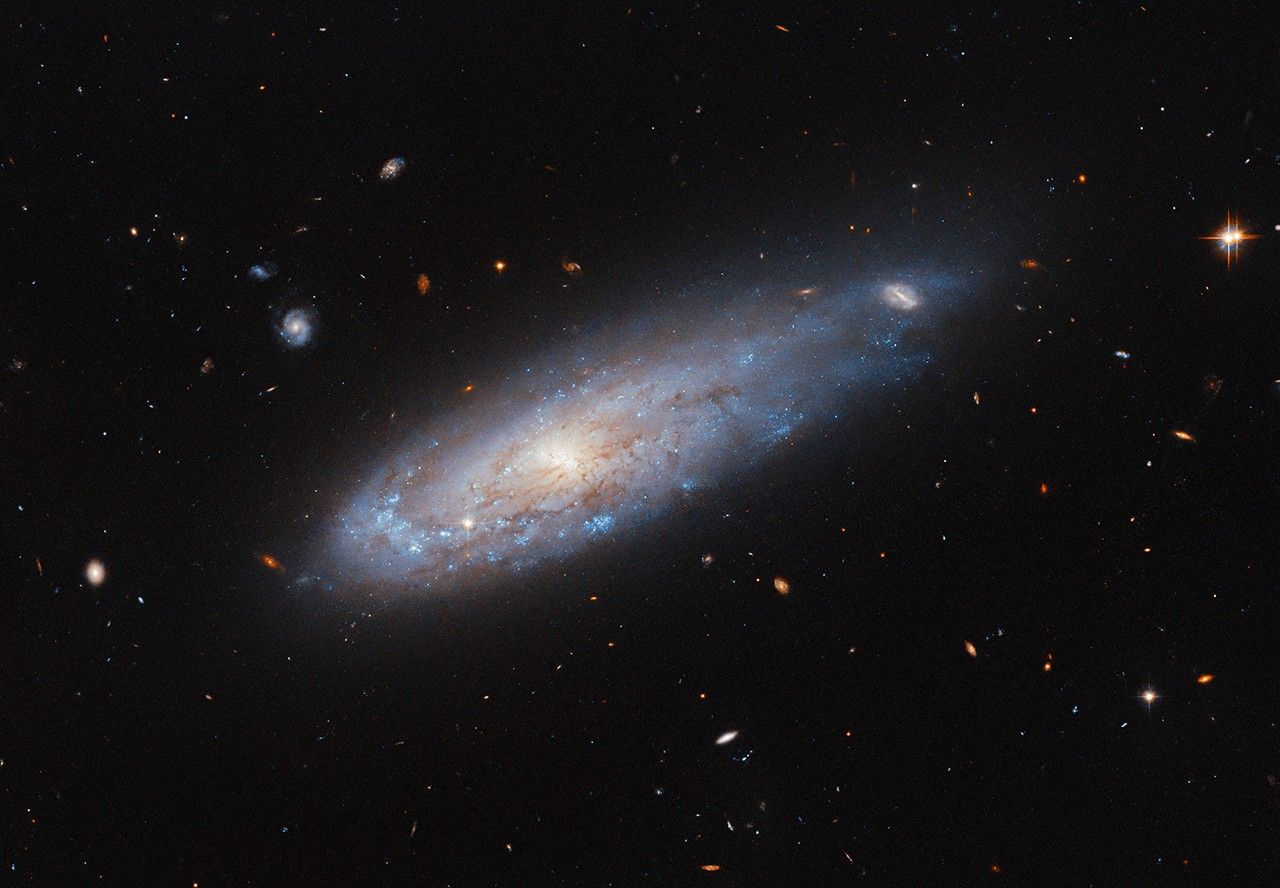Hubble Space Telescope Home Hubble Sees a Celestial… Hubble Space Telescope Hubble Home Overview About Hubble The History of Hubble Hubble Timeline Why Have a Telescope in Space? Hubble by the Numbers At the Museum FAQs Impact & Benefits Hubble’s Impact & Benefits Science Impacts Cultural Impact Technology Benefits Impact on Human Spaceflight Astro Community Impacts Science Hubble Science Science Themes Science Highlights Science Behind Discoveries Hubble’s Partners in Science Universe Uncovered Explore the Night Sky Observatory Hubble Observatory Hubble Design Mission Operations Missions to Hubble Hubble vs Webb Team Hubble Team Career Aspirations Hubble Astronauts News Hubble News Hubble News Archive Social Media Media Resources Multimedia Multimedia Images Videos Sonifications Podcasts E-books Lithographs Fact Sheets Glossary Posters Hubble on the NASA App More Online Activities 2 min read
Hubble Sees a Celestial Cannonball 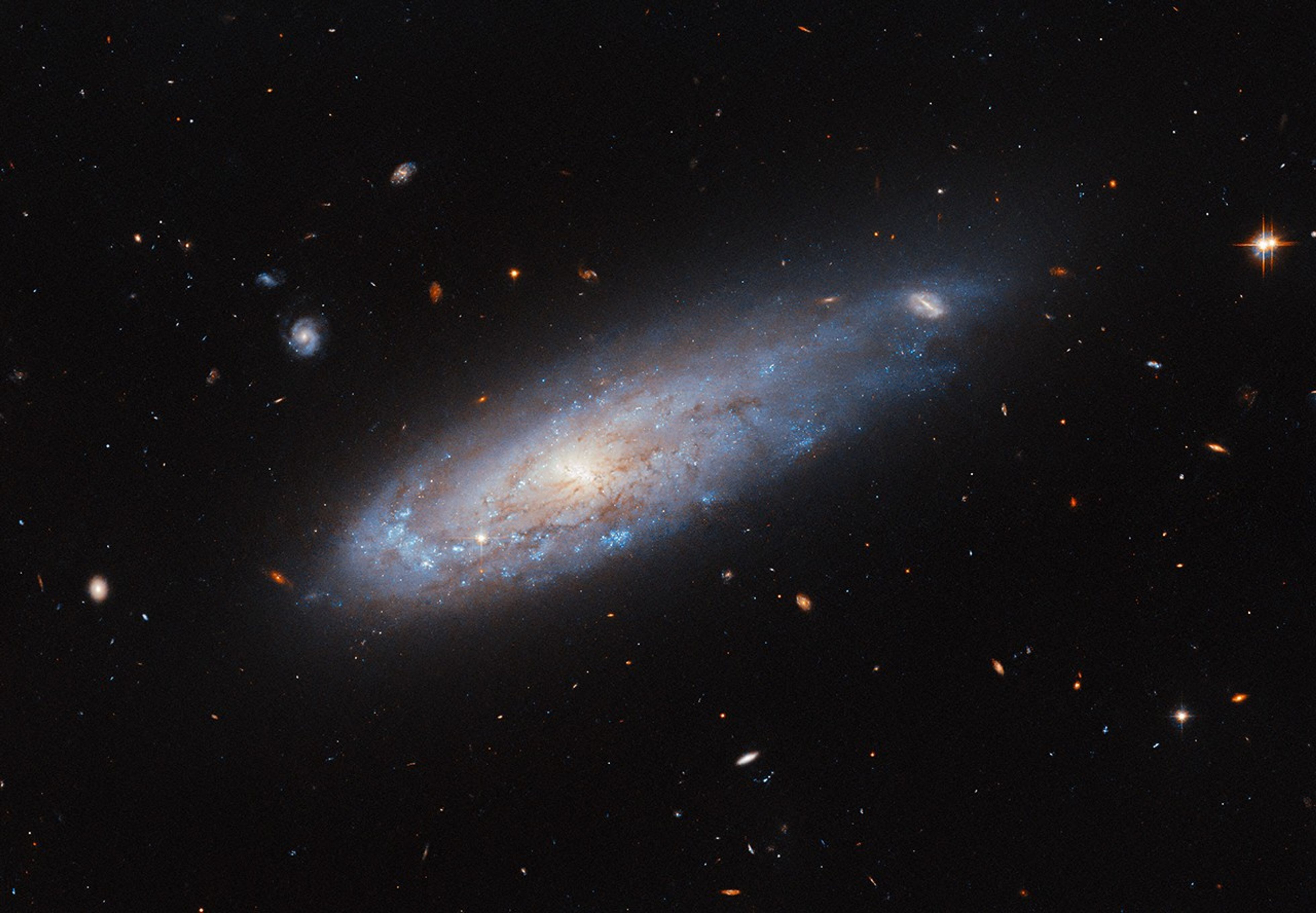 This NASA/ESA Hubble Space Telescope image features the spiral galaxy IC 3225. ESA/Hubble & NASA, M. Sun The spiral galaxy in this NASA/ESA Hubble Space Telescope image is IC 3225. It looks remarkably as if it was launched from a cannon, speeding through space like a comet with a tail of gas streaming from its disk behind it. The scenes that galaxies appear in from Earth’s point of view are fascinating; many seem to hang calmly in the emptiness of space as if hung from a string, while others star in much more dynamic situations!
This NASA/ESA Hubble Space Telescope image features the spiral galaxy IC 3225. ESA/Hubble & NASA, M. Sun The spiral galaxy in this NASA/ESA Hubble Space Telescope image is IC 3225. It looks remarkably as if it was launched from a cannon, speeding through space like a comet with a tail of gas streaming from its disk behind it. The scenes that galaxies appear in from Earth’s point of view are fascinating; many seem to hang calmly in the emptiness of space as if hung from a string, while others star in much more dynamic situations!
Appearances can be deceiving with objects so far from Earth — IC 3225 itself is about 100 million light-years away — but the galaxy’s location suggests some causes for this active scene, because IC 3225 is one of over 1,300 members of the Virgo galaxy cluster. The density of galaxies in the Virgo cluster creates a rich field of hot gas between them, called ‘intracluster medium’, while the cluster’s extreme mass has its galaxies careening around its center in some very fast orbits. Ramming through the thick intracluster medium, especially close to the cluster’s center, places enormous ‘ram pressure’ on the moving galaxies that strips gas out of them as they go.
As a galaxy moves through space, the gas and dust that make up the intracluster medium create resistance to the galaxy’s movement, exerting pressure on the galaxy. This pressure, called ram pressure, can strip a galaxy of its star-forming gas and dust, reducing or even stopping the creation of new stars. Conversely, ram pressure can also cause other parts of the galaxy to compress, which can boost star formation. IC 3225 is not so close to the cluster core right now, but astronomers have deduced that it has undergone ram pressure stripping in the past. The galaxy looks compressed on one side, with noticeably more star formation on that leading edge (bottom-left), while the opposite end is stretched out of shape (upper-right). Being in such a crowded field, a close call with another galaxy may also have tugged on IC 3225 and created this shape. The sight of this distorted galaxy is a reminder of the incredible forces at work on astronomical scales, which can move and reshape entire galaxies!
Facebook logo @NASAHubble @NASAHubble Instagram logo @NASAHubble Media Contact:
Claire Andreoli
NASA’s Goddard Space Flight Center, Greenbelt, MD
claire.andreoli@nasa.gov
Details Last Updated Oct 24, 2024 Editor Andrea Gianopoulos Location NASA Goddard Space Flight Center Related Terms Astrophysics Astrophysics Division Galaxies Goddard Space Flight Center Hubble Space Telescope The Universe
Keep Exploring Discover More Topics From NASA Hubble Space Telescope
Since its 1990 launch, the Hubble Space Telescope has changed our fundamental understanding of the universe.

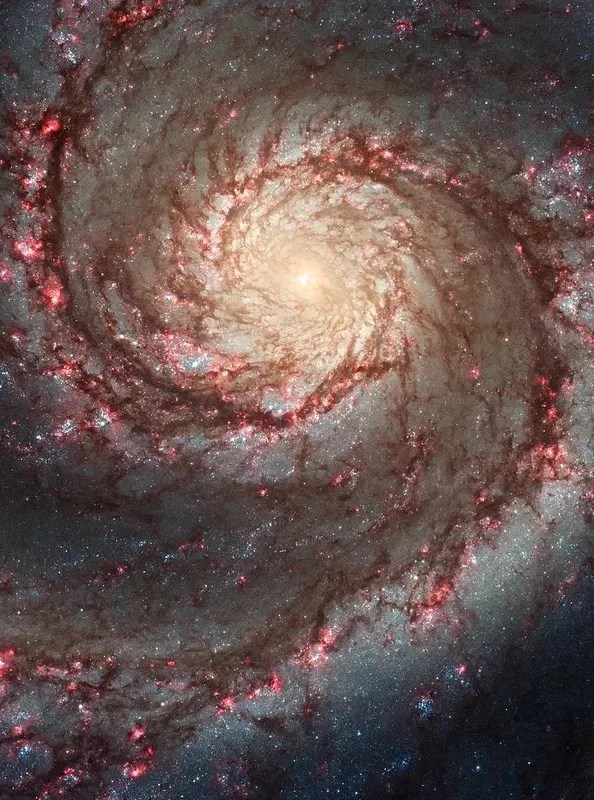
Hubble Focus: Galaxies through Space and Time
Hubble Focus: Galaxies through Space and Time

